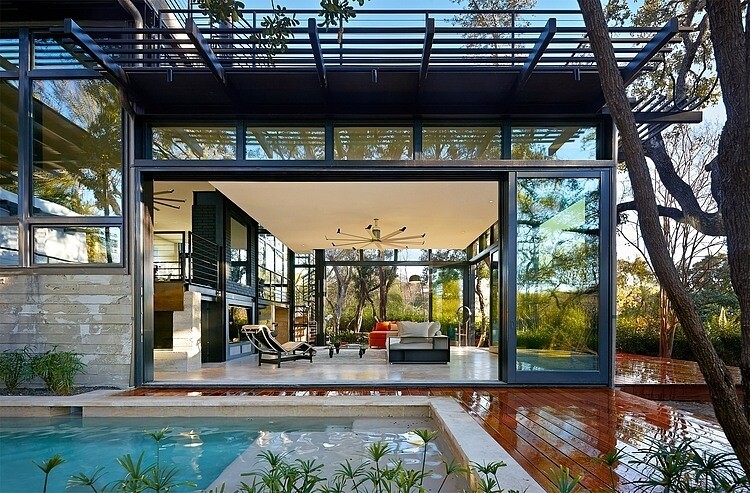Looking to upgrade your windows for both style and functionality? Clad windows might be exactly what you need. These windows combine the warmth and beauty of wood with the durability and low maintenance of other materials. But what exactly is a clad window, and how does it benefit your home? Let’s take a closer look.
What Are Clad Windows?
A clad window features a wooden core that’s protected by a layer of durable material, such as vinyl, aluminum, or fiberglass. The term “cladding” itself means the layering of one thing over another to create an exterior barrier. This cladding serves as a protective shield, preventing the wood from exposure to the elements. In essence, clad windows offer the timeless appeal of wood on the inside, while the exterior is built to withstand weather, moisture, and wear.
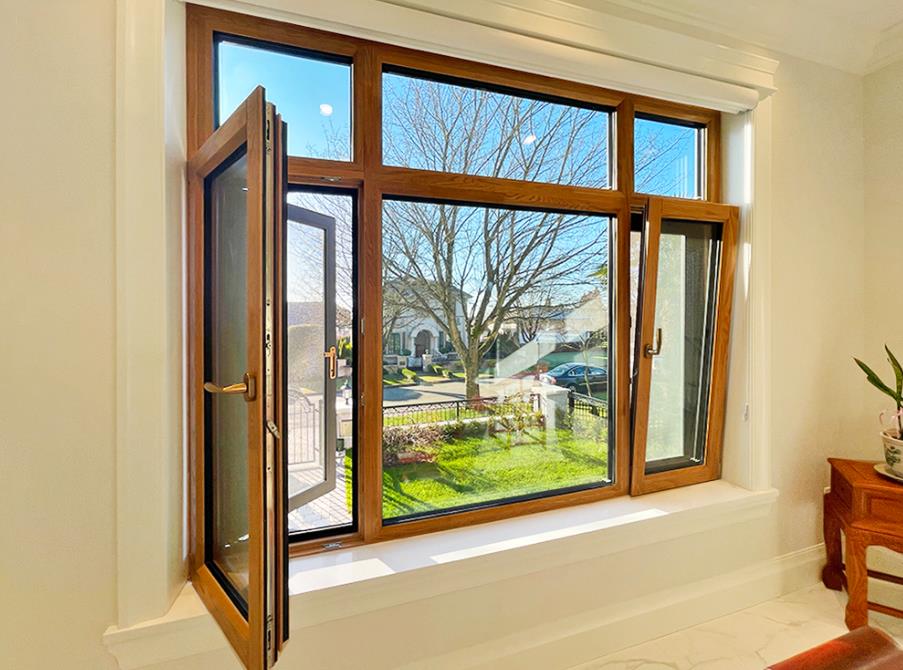
What Are the Different Types of Clad Windows?
When it comes to clad windows, the type of cladding material you choose plays a significant role in the performance, durability, and aesthetic appeal. Let’s break down the most common types of clad windows and the materials used for cladding.
Vinyl Clad Windows
Vinyl is one of the most popular cladding materials for windows due to its low cost, energy efficiency, and virtually no maintenance requirements. Vinyl cladding is resistant to moisture, won’t fade in the sun, and doesn’t need painting or staining. However, it may not have the same high-end appeal as other materials and can be prone to warping under extreme heat.
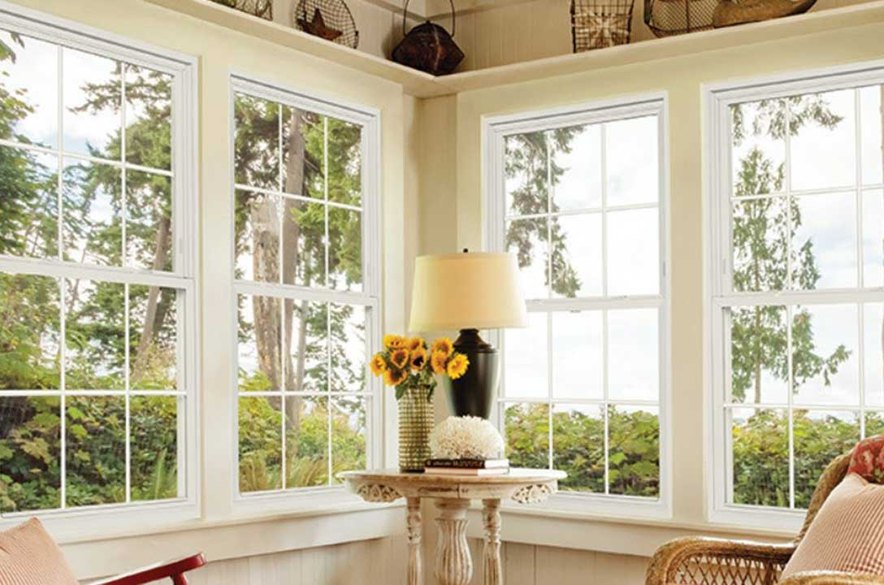
Aluminum Clad Windows
Exterior aluminum cladding provides a sleek, modern look and offers excellent durability. Aluminum is strong, lightweight, and resistant to the elements, making it ideal for harsh weather conditions. It’s also low-maintenance and has a longer lifespan than vinyl. However, aluminum windows can conduct heat and cold, making it less energy-efficient unless insulated properly.
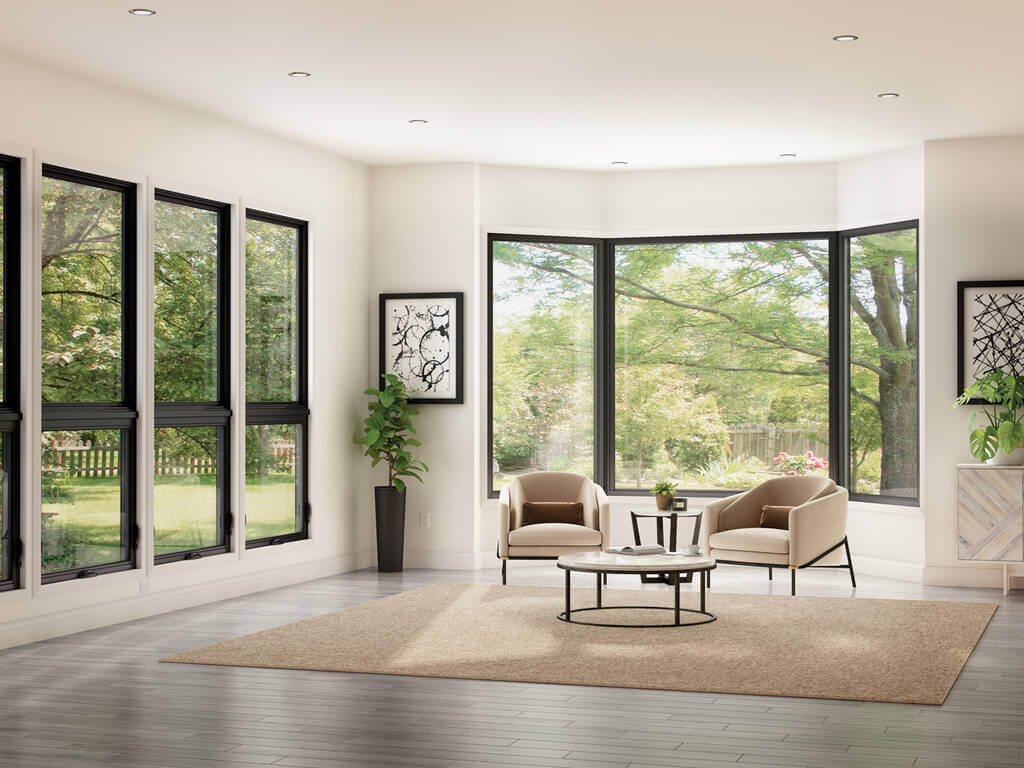
Fiberglass Clad Windows
Fiberglass is a top choice for energy efficiency and durability. It doesn’t expand or contract with temperature changes, making it highly stable and resistant to warping. Fiberglass also has the ability to replicate the look of wood, offering both aesthetic appeal and long-term performance. The only downside is that fiberglass windows tend to be on the pricier side.
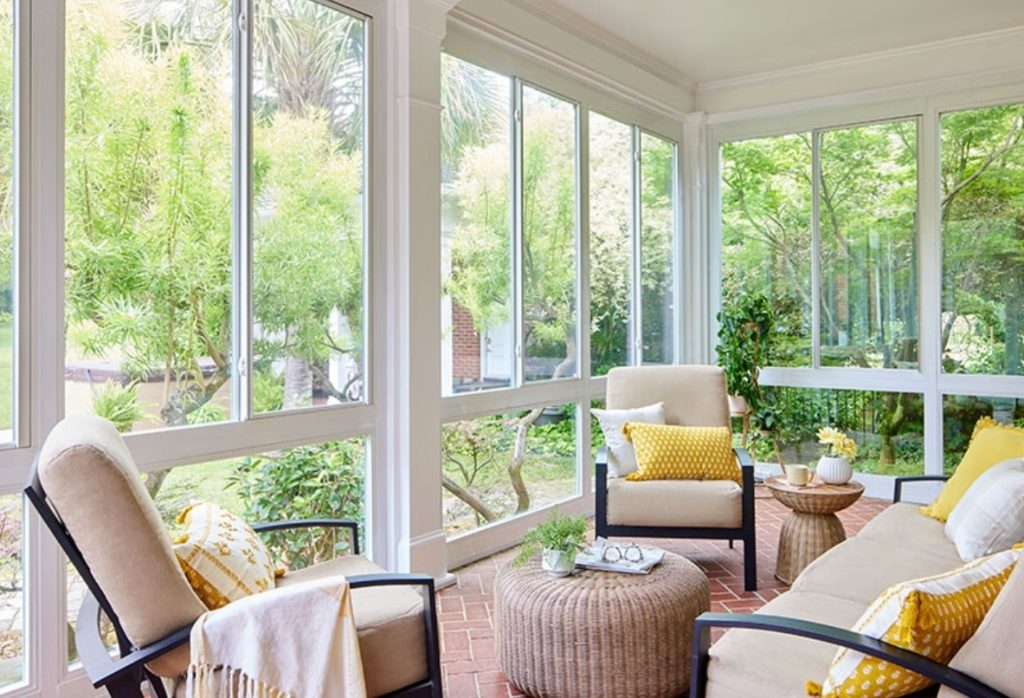
Wood Clad Windows
In wood-clad windows, the wood is encased in another material, such as aluminum or vinyl, offering the benefits of both materials. The interior is typically wood for a natural, classic look, while the exterior is clad in a weather-resistant layer. This type combines the best of both worlds, offering beauty on the inside and protection on the outside.
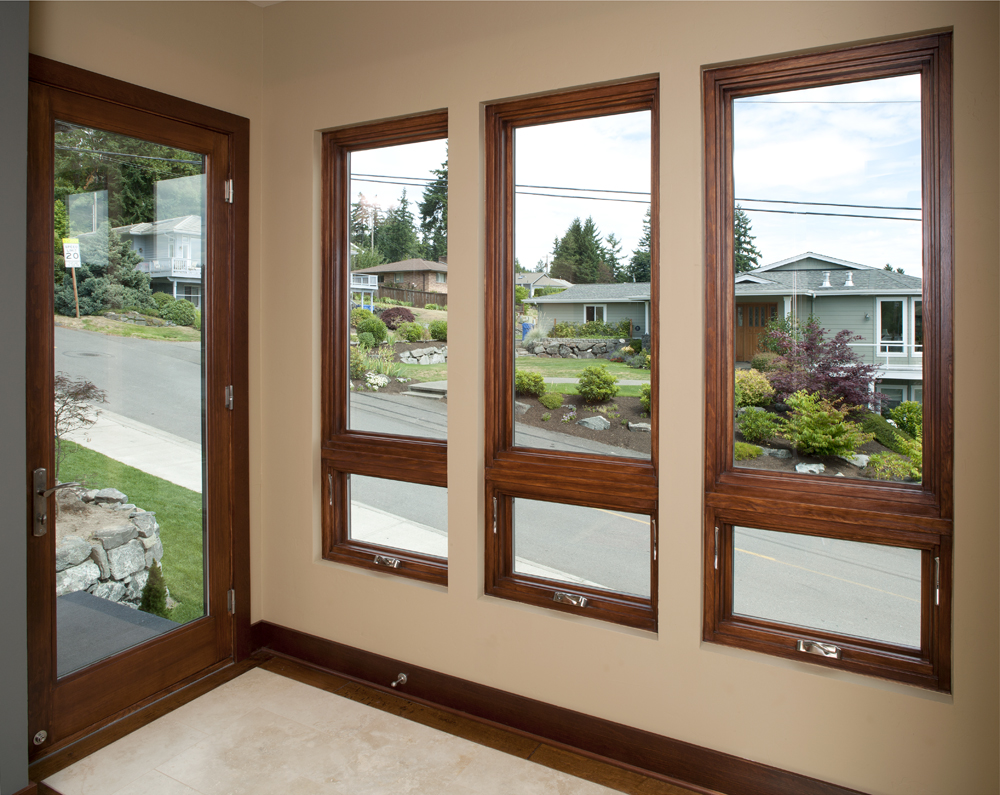
What Are the Key Advantages of Installing Clad Windows?
Clad windows offer a host of benefits that make them a popular choice for homeowners and builders. From durability to energy efficiency, these windows are designed to improve the overall performance of your home. Let’s explore the key advantages of installing cladded windows:
| Feature | Clad Windows | Traditional Windows |
|---|---|---|
| Durability | Highly durable with cladding protecting the wood from the elements | Wood can rot or warp without regular maintenance; vinyl is less durable in harsh conditions |
| Maintenance | Minimal maintenance required; only occasional cleaning | Requires regular painting and sealing (for wood), or occasional cleaning for vinyl |
| Energy Efficiency | Better insulation, reducing energy costs with materials like fiberglass and vinyl | Wood has natural insulation, but vinyl is often less energy-efficient than clad options |
| Cost | Higher initial cost but long-term savings due to durability and low maintenance | Lower upfront cost for wood or vinyl, but higher long-term maintenance costs |
| Aesthetic Appeal | Combines the warmth of wood inside with a sleek exterior, offering versatile design options | Classic wood look or simple vinyl finishes, but more limited in terms of style variety |
| Lifespan | Long-lasting with minimal degradation due to cladding protection | Shorter lifespan for wood windows unless maintained regularly, vinyl lasts longer but may degrade over time |
Why Are Clad Windows Ideal for Specific Climates?
Cladding windows are specifically designed to perform well in various climates, offering protection from harsh weather conditions while maintaining energy efficiency. Let’s explore why they are ideal for specific climates and how different types of cladding materials perform in various environmental conditions.
| Climate Type | Why Clad Windows Are Ideal | Benefits of Cladding Materials |
|---|---|---|
| Extreme Cold Climates | Clad windows help prevent cold drafts and provide insulation, particularly with fiberglass or vinyl cladding. | Prevents wood from expanding, contracting, or cracking in freezing temperatures, ensuring durability and energy efficiency. |
| Hot and Humid Climates | Materials like aluminum and vinyl resist moisture, mold, and mildew, making them perfect for humid environments. | Protects against moisture absorption, preventing warping and rot commonly seen in traditional wood windows. |
| Coastal or Saltwater Areas | Aluminum and fiberglass cladding resist corrosion caused by saltwater exposure, making them ideal for coastal environments. | Resistant to rust and corrosion, ensuring long-lasting protection in harsh coastal conditions. |
| Windy and Storm-Prone Areas | Clad windows are reinforced with strong exteriors, providing better resistance to high winds and storms. | Increases window strength and durability, making it ideal for hurricane-prone regions when paired with impact-resistant glass. |
| Moderate Climates | Clad windows offer excellent insulation without the need for frequent maintenance, making them perfect for moderate climates. | Provides reliable performance with minimal upkeep, making them a versatile option for regions with mild weather. |
How Can You Maintain and Care for Clad Windows?
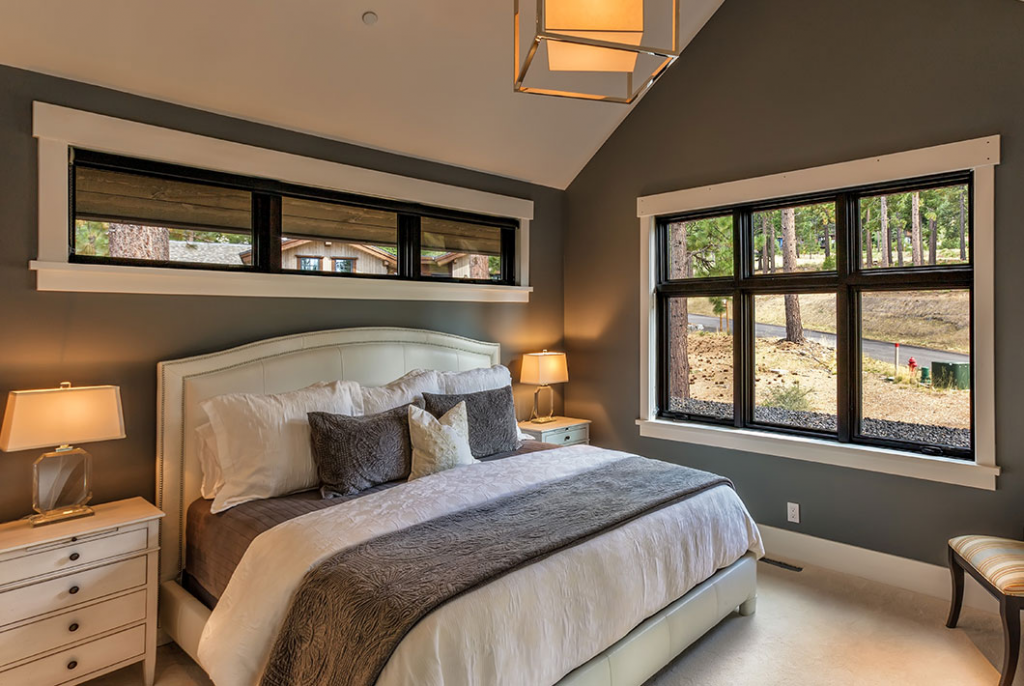
Clad windows are low-maintenance, but regular care ensures they stay in top condition. Here are some simple tips for maintaining your cladded windows:
Regular Cleaning
Clean the cladding with mild detergent and a soft cloth. For the wood interior, use a dry or slightly damp cloth. Avoid abrasive cleaners.Inspect Weatherstripping
Check for worn or damaged weatherstripping and replace it if necessary to maintain energy efficiency.Check for Wood Damage
Inspect the wood core for signs of moisture or rot, especially at the bottom of the frame. Address any damage promptly.Re-seal the Cladding (if needed)
Inspect the cladding for gaps and reseal with a high-quality sealant to maintain weather resistance.Lubricate Moving Parts
Use silicone-based lubricant on hinges, locks, and slides to prevent rust and ensure smooth operation.Clear the Drainage System
Keep drainage holes clear of debris to prevent water damage. Use a small brush or compressed air to clean them.Protect from Extreme Weather
During severe weather, consider adding storm shutters or protective coverings to safeguard your windows.
Are Clad Windows the Right Choice for Your Next Project?
Clad windows combine durability, low maintenance, and energy efficiency, making them an excellent choice for homeowners. With their resistance to weather and modern design, they offer long-lasting value.
At PA Home, we provide a variety of custom window designs, including high-quality clad options. Contact us today for expert advice and the perfect window solution for your home.
FAQs
Yes, clad windows are worth it for many homeowners. They offer enhanced durability, low maintenance, and excellent energy efficiency, making them a smart long-term investment despite their higher initial cost.
Clad windows combine wood with an exterior protective layer, such as vinyl or aluminum. Composite windows, on the other hand, are made from a mix of materials like wood fibers and plastic, offering high durability and minimal maintenance without the wood core.
Aluminum-clad windows have a wooden core that’s covered with a layer of aluminum on the exterior. The aluminum protects the wood from weather damage while maintaining a stylish, modern appearance.
Composite panels are made from a combination of materials such as wood fibers, resin, and plastics. Cladding refers to a protective layer applied to the exterior of a structure (such as windows or walls), typically made from materials like metal, vinyl, or wood.
Most cladding materials (aluminum, vinyl, fiberglass) come in factory-applied finishes and aren’t meant to be repainted, ensuring durability and color stability.


